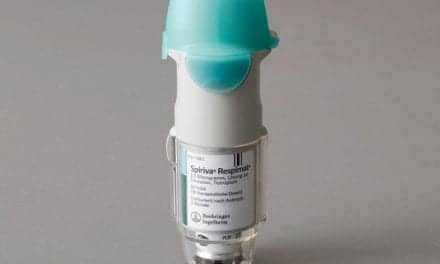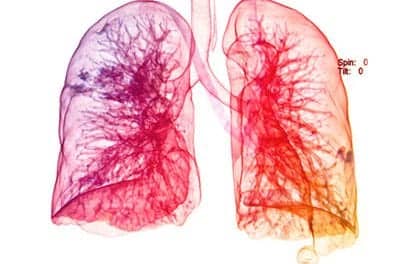Researchers participating in the COPDGENE research consortium report that a computerized form of radiology, known as quantitative CT, can offer valuable prognostic information for patients and doctors beyond the standard breathing tests most commonly used to evaluate chronic obstructive pulmonary disease (COPD). The findings appear in the journal Radiology.
In addition to helping identify patients at greater risk for damaging exacerbations of COPD, this form of radiology also helps “identify distinct phenotypes among the COPD patient population” that could lead to individualized, targeted disease management, according to James D. Crapo, MD, co-author of the study and professor of medicine at National Jewish Health.
COPD does not progress at a steady pace. Exacerbations—disease flare-ups requiring hospitalization—accelerate the decline of lung function, increase the risk of death, and lower quality of life. The ability to identify patients at greater risk of exacerbations, and possibly prevent them, is an important goal in the care of COPD patients, according to the researchers.
While spirometry results do broadly correlate with exacerbations, there are many exceptions, the researchers note. For this and other reasons, physicians have been seeking better tools to evaluate COPD patients.
The COPDGene research team sought to evaluate the ability of radiologic imaging to be that tool. They used quantitative CT—a computerized method of measuring lighter and darker areas of the scan—to measure inflammation as determined by thickness of airway walls and the amount of tissue destruction or emphysema.
They found that greater airway wall thickness and emphysema were both associated with more frequent exacerbations. Each 1 mm increase in bronchial wall thickness was associated with a 1.84-fold increase in annual exacerbation rate. Emphysema became a factor only if it involved 35% or more of the lungs. Beyond the 35% involvement, each 5% increase in emphysema was associated with a 1.18-fold increase in exacerbations.
Source: National Jewish Health









